BLUEPRINT
FOR A
BATTLESTAR
SERIOUS SCIENTIFIC EXPLANATIONS BEHIND SCI - FIS GREATEST INVENTIONS
ROD PYLE

INTRODUCTION
DESIGNING THE FUTURE
The cool thing about the future is that it always gives you something to look forward to.
Its uncouth to quote yourself, so well just leave the above comment uncredited...but its true. Writing this book has been by turns great fun and vastly challenging, but the overall picturethough not what was foreseen in my childhood at allis one of a potentially bright and shining tomorrow.
Teasing cool and interesting topics out of contemporary science and tech journalism, as well as seeking themes in quality sci-fi, is tricky at the best of times. Movie directors often miss the mark, science fiction writers can have agendas of their own, and every creator is subject to market forces that tend to proclaim the importance of whatever boosts the bottom line. One must paw through vast amounts of material for the best and most common themesthe cream of future visionsin order to rise to the top.
In the past decade of writing books and science journalism, Ive been exposed to a lot of great thinkerssome rightfully famous, others less so but equally deserving of it. The process has been inspiring, engaging, and humbling. Working at Caltech and various NASA centers, I would find myself in rooms full of hyper-intelligent (and mostly young) minds, and wonder how these young people became so brilliant in such a short period of time. Interviewing grad students at Caltech, Stanford, UCLA, and MIT left a similar impressionthese are the much maligned Millennials, the cannon-fodder for so much pop-journalism. My overriding impression was of bright, energetic, and impassioned youth who are excited to be dreaming of, and designing, the future. There will be bumps and challenges for them, as both legal and ethical boundaries lag far behind invention, but Im convinced they will figure it out.
A lot of research, some sleuthing, and a good bit of intuiting goes into a book such as this. Im fortunate to have spent two decades writing about science, technology, and spaceflightcurrent and future trends, as well as copious amounts of history. An awareness of history helps to inform ones thoughts about the future, so its important. Add to this some great input from smart science and technology practitioners, vast amounts of wonderful resources (all of us should have ready access to the fee-based archives that universities and government do) and a healthy blend of cautious optimism, and youve got Blueprint for a Battlestar.
All that said, there will be both errors in reporting and prediction (the former is unfortunate, the latter inevitable). My crystal ball is cloudy. My Magic 8-Ball said Reply hazy, try again more than once. More to the point, even primary references occasionally disagree. Nonetheless, any mistakes are mine, so feel free to email with observations of factual errors. But with regard to mistaken predictions, likewise feel free enjoy a quiet, warm inner glow of being right. If anything, I hope that I have underestimated humanitys genius and intrinsic goodness. I hope you enjoy the book and these visions of where we are and whats next. Read on.
WEAPONS OF THE FUTURE
DEATH FROM ABOVE
BUILDING A DEATH PLANET
THE ULTIMATE WEAPON
MAKING A DEATH RAY
SHIELDS UP!
CREATING A FORCEFIELD
SWORDS OF HEAT
USING LIGHT SWORDS
JUDGMENT DAY
THE RISE OF AI
STUN, KILL, OR DISINTEGRATE
RAY GUNS AND ROCKET RIFLES
DEATH FROM ABOVE: BUILDING A DEATH PLANET
 Without doubt, the technological celebrity of Star Wars Episode IV: A New Hope was the death Planet known as the Death Star. It was the threat that hovered above a world...the target of the heroic pilots in their X-Wing fighters and the home base that Darth Vader so tenaciously defended with his wicked Twin Ion Engine (TIE) Fighters.
Without doubt, the technological celebrity of Star Wars Episode IV: A New Hope was the death Planet known as the Death Star. It was the threat that hovered above a world...the target of the heroic pilots in their X-Wing fighters and the home base that Darth Vader so tenaciously defended with his wicked Twin Ion Engine (TIE) Fighters.
TACTICAL CONCERNS
The death planet seemed so effective that it was even the subject of a public petition sent to the White House in 2012. The suggestion was that the US should build its own Death Star, presumably to maintain law and order on some planet other than Earth. The tongue-in-cheek document garnered more than 25,000 signatures, enough to warrant an equally silly response from the Obama administration. They said the cost of such a device was estimated at about $850 quadrillion (which is even larger than the US debt,) and that it would take 833,000 years to create enough metal to fabricate it. The response further elaborated that the US government did not support blowing up planets and had tactical concerns about a weapon which could be destroyed by a tiny, battered one-man fighter.
Death Planet Mk1
General Arrangement Diagraxm
Approx. Diameter | 60-100 miles |
Appox. Mass | mini-planet |
Main Weaponry | super laser |
THE FIRST LASER
Early lasers utilized a ruby rod to collect and concentrate light from an external source. The photons collected in the rod were bounced back-and-forth between the polished ends, which were coated with reflective material, until escaping to the right.
NASA may not be working on a death planet. But what would it take to actually build one? The first problem to overcome is sheer size: The death planet, as represented in the Star Wars films, is really big. Various sources have estimated its diameter at somewhere between 60100 miles. At this size it would put most of the inhabitants of the asteroid belt to shame and, even though basically hollow, would have a small gravitational field and essentially be a mini-planet, if you will.
If something that size was placed in Low Earth Orbitthe region around our planet extending to an altitude of 601,200 milesa goodly chunk of it would be hanging down into the atmosphere, dragging and heating up and rapidly reentering. It would most likely crash into the ocean.
Just getting the death planet into orbit in the first place wouldnt be easy. After spending nearly a million years to fabricate the metal, it would take an untold number of launches to get all that mass up there...enough to permanently poison the atmosphere.








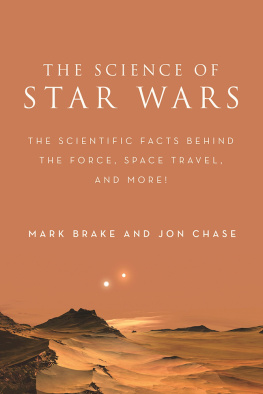
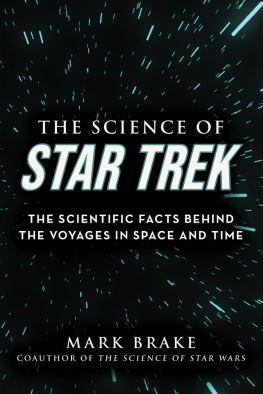
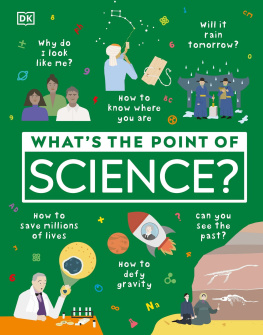
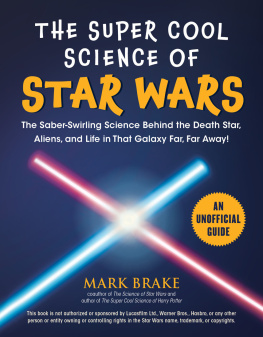

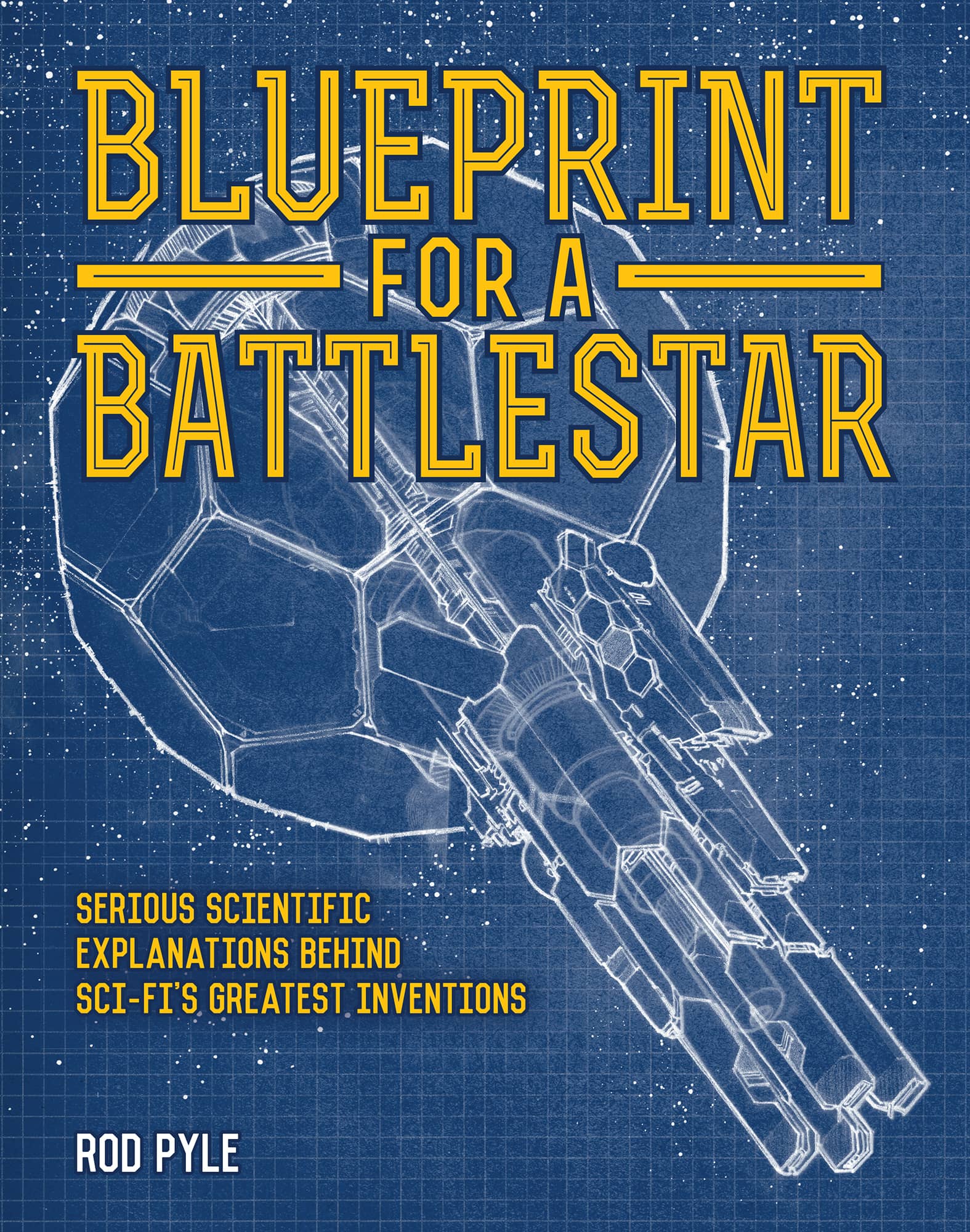




 Without doubt, the technological celebrity of Star Wars Episode IV: A New Hope was the death Planet known as the Death Star. It was the threat that hovered above a world...the target of the heroic pilots in their X-Wing fighters and the home base that Darth Vader so tenaciously defended with his wicked Twin Ion Engine (TIE) Fighters.
Without doubt, the technological celebrity of Star Wars Episode IV: A New Hope was the death Planet known as the Death Star. It was the threat that hovered above a world...the target of the heroic pilots in their X-Wing fighters and the home base that Darth Vader so tenaciously defended with his wicked Twin Ion Engine (TIE) Fighters.
